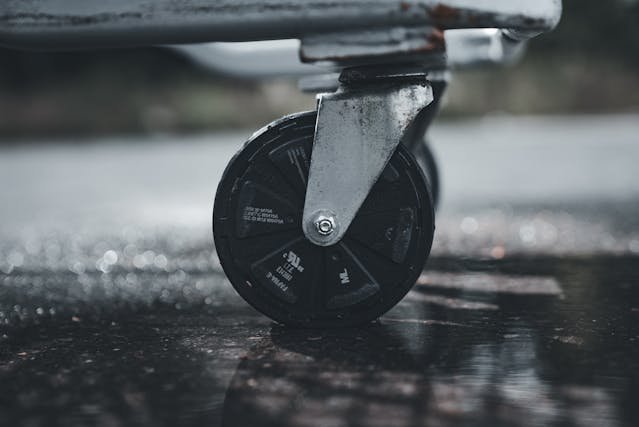
Rolling Smarter: How the Right Casters and Wheels Boost Operational Efficiency
- Opinion
- September 7, 2025
- No Comment
Contents
The Role of Casters and Wheels in Modern Operations
Choosing the right casters is vital for efficiency and safety in warehouses, hospitals, and schools. Proper wheels prevent delays, ensure safety, and cut maintenance costs, while mismatched ones cause disruptions and hazards. Each setting needs specific casters for optimal operation—this tailored choice improves workflow and staff well-being, supported by industry guidance.
Casters and wheels are essential for material handling across industries, from warehouses to hospitals and schools. They often go unnoticed but are crucial for smooth daily operations. Selecting the right caster—the most common types being swivel and rigid casters—can directly affect productivity, operational pace, and workplace safety.
Main Factors to Consider When Selecting Casters
The selection of the right caster depends on understanding the intended load and distribution, as overloading can lead to failure. Different types of flooring and environmental conditions affect the performance of wheels. Hard wheels can damage delicate tiles, while softer ones absorb shock and roll quietly. Wheel material is also crucial in traction, durability, and resistance to chemicals, oils, and temperature extremes. Polyurethane wheels offer high load capacity and are gentle on floors, while metal wheels are best in high-heat and heavy-duty settings. Wheel diameter and mobility also play a role, with larger wheels rolling over obstacles and uneven floors more easily.
Safety and Ergonomic Considerations
Worker safety should always be a top priority. Ergonomic casters are specifically designed to reduce push/pull force, minimize vibration transfer, and lower the risk of musculoskeletal injuries. Upgrading to ergonomic wheels has been proven to shorten task times, limit fatigue, and enhance overall job satisfaction. The Occupational Safety and Health Administration (OSHA ergonomic guidelines recommend minimizing manual handling and repetitive movements wherever possible. Following these guidelines by incorporating high-quality casters can reduce the risk of back injuries and improve worker retention.
Innovations in Caster Design
Advancements in caster technology continue to improve material handling. New self-lubricating bushings, vibration-dampening polyurethane treads, and streamlined locking mechanisms enhance control and lifespan. Logistics case studies show that low-resistance casters can cut worker effort by up to 50%, reducing fatigue and boosting pick rates. Industry research notes that automated guided vehicles (AGVs) and robotic carts need wheels that resist flat-spotting and support high-load travel. Keeping pace with these trends helps businesses stay competitive and adapt to growth.
Maintenance Best Practices for Long-Term Performance
The routine inspection checklist includes visual checks for worn treads, cracks, flat spots, proper wheel rotation, debris-free axles, tight mounting hardware, and tested built-in brakes. Regular cleaning of casters and wheels prevents build-up and extends their usable life. Proper lubrication is recommended for wheel bearings and swivel joints, but avoid over-lubrication. Replacement signs include difficulty rolling or steering, noticeable wobble, excessive noise, and visible cracks or breakage in the caster or mounting plate.
Conclusion and Next Steps
Identifying the right casters and wheels is fundamental to optimizing operational workflows, ensuring staff safety, and sustaining the longevity of valuable equipment. Evaluate your needs holistically, drawing on industry expertise, and commit to scheduled maintenance. Prioritizing these best practices will promote greater productivity, lower injury rates, and ensure your operations continue to run smoothly.

